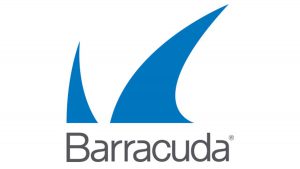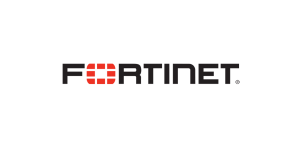Content-control software, content filtering software, secure web gateways,censorware, and web filtering software are terms for software designed and optimized for controlling what content is permitted to a reader, especially when it is used to restrict material delivered over the Internet via the Web, e-mail, or other means. Content-control software determines what content will be available or perhaps more often what content will be blocked.
The motive is often to prevent persons from viewing content which the computer’s owner(s) or other authorities may consider objectionable; when imposed without the consent of the user, content control can constitute censorship. Some content-control software includes time control functions that empowers parents to set the amount of time that child may spend accessing the Internet or playing games or other computer activities.
![]()
![]()
Forcepoint® Web Security products provide modern, innovative defenses. They rely upon Websense ACE (Advanced Classification Engine) and the expansive WebsenseThreatSeeker® Network for real-time content analysis. They include forward-thinking features such as advanced threat dashboards, forensic reporting and data capture, sandbox analysis of malware, and data-aware defenses that provide containment of sensitive information. And they are easily managed through the Websense TRITON™ Unified Security Center.




Symantic Secure Web Gateway (SWG) protects organizations across the web, social media, applications, and mobile networks. SWG acts as a proxy between users and the internet to identify malicious websites and payloads and to control access to sensitive content. SWG solutions consolidate a broad feature-set to authenticate users, filter web traffic, identify cloud application usage, provide data loss prevention, deliver threat prevention, and ensure visibility into encrypted traffic. Learn More.


Barracuda Web Application Firewall protects applications, APIs, and mobile app backends against a variety of attacks including the OWASP Top 10, zero-day threats, data leakage, and application-layer denial of service (DoS) attacks. By combining signature-based policies and positive security with robust anomaly-detection capabilities, Barracuda Web Application Firewall can defeat today’s most sophisticated attacks targeting your web applications.
Barracuda Active DDoS Prevention — an add-on service for the Barracuda Web Application Firewall — filters out volumetric DDoS attacks before they ever reach your network and harm your apps. It also protects against sophisticated application DDoS attacks without the administrative and resource overhead of traditional solutions, to eliminate service outages while keeping costs manageable for organizations of all sizes.


The Citrix Web App Firewall prevents security breaches, data loss, and possible unauthorized modifications to websites that access sensitive business or customer information. It does so by filtering both requests and responses, examining them for evidence of malicious activity, and blocking requests that exhibit such activity. Your site is protected not only from common types of attacks, but also from new, as yet unknown attacks. In addition to protecting web servers and websites from unauthorized access, the Web App Firewall protects against vulnerabilities in legacy CGI code or scripts, web frameworks, web server software, and other underlying operating systems.


FortiWeb WAFs provide advanced features that defend your web applications and APIs from known and zero-day threats. Using an advanced multi-layered approach, FortiWeb protects against the OWASP Top 10 and more. FortiWeb ML customizes the protection of each application, providing robust protection without requiring the time-consuming manual tuning required by other solutions. With ML, FortiWeb identifies anomalous behavior and, more importantly, distinguishes between malicious and benign anomalies. The solution also features robust bot mitigation capabilities, allowing benign bots to connect (e.g. search engines) while blocking malicious bot activity.
FortiWeb offers deployment options that can protect business applications, no matter where the application is hosted. Options include hardware appliances, virtual machines, and containers that can be deployed in the data center, in cloud environments, or in the cloud-native SaaS solution, FortiWeb Cloud WAF as a Service.